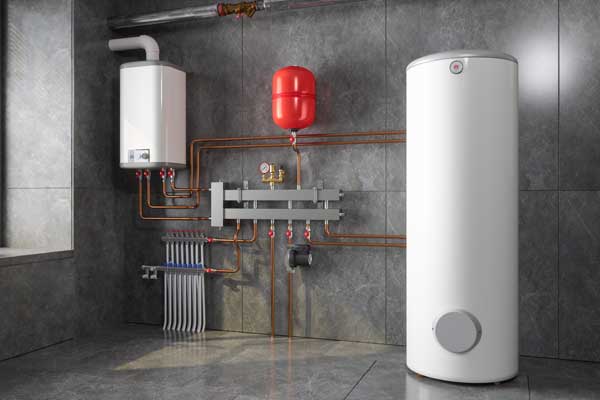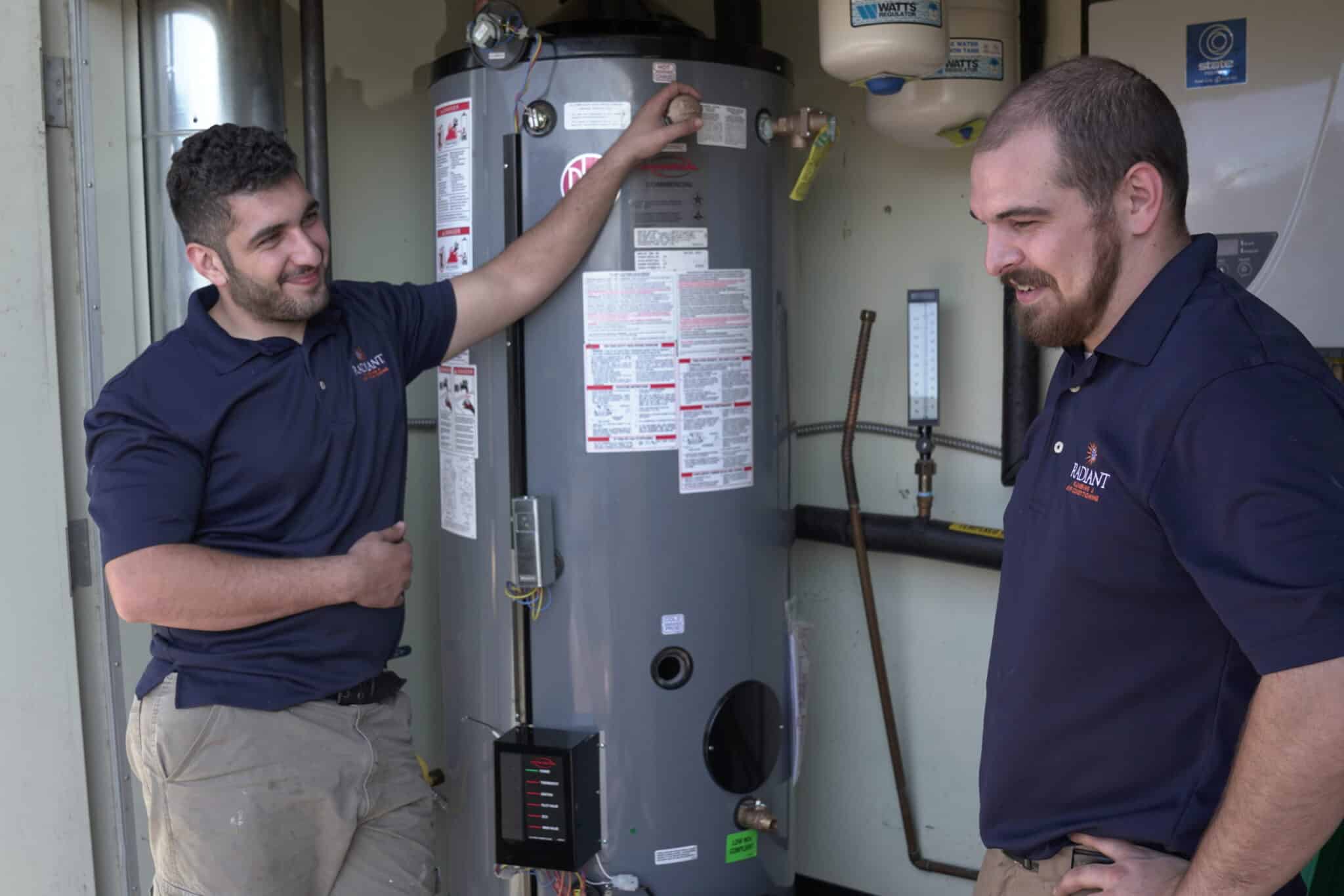Easy Ways to Care for Your Home's Hot Water System Properly
Easy Ways to Care for Your Home's Hot Water System Properly
Blog Article
Are you looking for answers concerning How to Maintain Your Water Heater & Prolong its Life?

Warm water is vital for day-to-day comfort, whether it's for a rejuvenating shower or cleaning dishes. To guarantee your warm water system runs efficiently and lasts longer, regular upkeep is key. This short article gives practical tips and insights on exactly how to keep your home's warm water system to stay clear of disruptions and costly repair services.
Intro
Maintaining your home's hot water system may appear challenging, but with a few basic actions, you can guarantee it operates smoothly for many years ahead. This overview covers everything from understanding your hot water system to DIY upkeep pointers and knowing when to hire expert help.
Importance of Preserving Your Warm Water System
Normal upkeep not only expands the life-span of your warm water system but also ensures it operates effectively. Overlooking maintenance can cause reduced efficiency, higher power costs, and also early failing of the system.
Signs Your Hot Water System Demands Upkeep
Knowing when your hot water system needs attention can protect against significant concerns. Keep an eye out for signs such as inconsistent water temperature, strange noises from the heater, or rusty water.
Purging the Hot Water Heater
Purging your hot water heater eliminates debris accumulation, enhancing effectiveness and extending its life.
Checking and Changing Anode Rods
Anode poles protect against deterioration inside the container. Examining and replacing them when broken is vital.
Complicated Issues Needing Professional Help
Instances include significant leakages, electrical issues, or if your water heater is constantly underperforming.
Routine Professional Upkeep Conveniences
Specialist upkeep can include comprehensive inspections, tune-ups, and making sure compliance with safety criteria.
Evaluating and Changing Temperature Settings
Adjusting the temperature level setups guarantees optimum performance and safety.
Do It Yourself Tips for Upkeep
You can carry out several upkeep jobs yourself to keep your hot water system in leading problem.
Checking for Leaks
Consistently examine pipes and links for leaks, as these can lead to water damage and higher costs.
Comprehending Your Warm Water System
Prior to diving right into maintenance jobs, it's valuable to understand the fundamental components of your warm water system. Usually, this includes the hot water heater itself, pipelines, anode rods, and temperature level controls.
Regular Monthly Maintenance Tasks
Regular month-to-month checks can assist capture small issues prior to they escalate.
Examining Pressure Relief Valves
Examining the pressure safety valve ensures it operates properly and protects against extreme stress accumulation.
Shielding Pipes
Shielding hot water pipelines decreases warmth loss and can save power.
When to Call a Professional
While do it yourself maintenance is valuable, some problems call for professional knowledge.
Verdict
Regular upkeep of your home's warm water system is important for effectiveness, long life, and expense financial savings. By following these ideas and recognizing when to seek specialist help, you can guarantee a reputable supply of hot water without unanticipated disruptions.
Water Heater Maintenance Tips
Test the TPR Valve
Shut off the power and the cold-water supply valve. Place a bucket under the pipe connected to the temperature-pressure-release (TPR) valve on the top or side of the tank. (This valve opens if the tank pressure gets too high.) Lift the valve’s tab to let some water out, then let go. If water keeps flowing, drain the tank partway, unscrew the old valve with a pipe wrench, and install a new one. Check the Anode Rod
Put a hose to the tank’s drain cock and let out a few gallons of water. Now fit a 1 1/16-inch socket onto the rod’s hex head on top of the heater (or under its top plate) and unscrew the rod. If it’s less than ½ inch thick or coated with calcium, buy a new one, wrap its threads with Teflon tape, put it back in the tank, and tighten securely. Use this segmented rod if headroom above the tank is limited. Drain the Tank and Wash Out Sediment
Drain the remaining water in the tank into the bucket, then stir up the sediment on the tank’s bottom by briefly opening the cold-water supply valve. Drain and repeat until clean water comes out of the hose. Close the drain cock, refill the tank, and turn its power back on. Adjust the Temperature
Find the temperature dial on the side of the tank and unscrew its cover. Adjust the dial to 120 degrees using a flathead screwdriver. For every 10 degrees the temperature is lowered, you can expect to save up to 5 percent in energy costs. Turn the water heater off or the thermostat down to its lowest setting if you plan to be away from home for more than three days. Insulate the Pipes
Buy some self-sticking 3/8-inch-thick foam pipe insulation that matches the pipes’ diameter. Slide the foam over the hot-and cold-water pipes as far as you can reach. Insulating the cold-water pipe prevents condensation in summer. Peel the tape and squeeze the insulation closed. If the pipe is 6 inches or less from the flue, cover it with 1-inch-thick unfaced fiberglass pipe wrap. https://www.thisoldhouse.com/plumbing/21016402/how-to-maintain-a-water-heater

As a serious person who reads on How to Maintain a Hot Water Heater in a Few Simple Steps, I think sharing that post was worthwhile. Sharing is nice. Who knows, you may very well be helping someone out. I take joy in reading our article about Tips For Maintaining Your Hot Water Heater.
Click Here Report this page